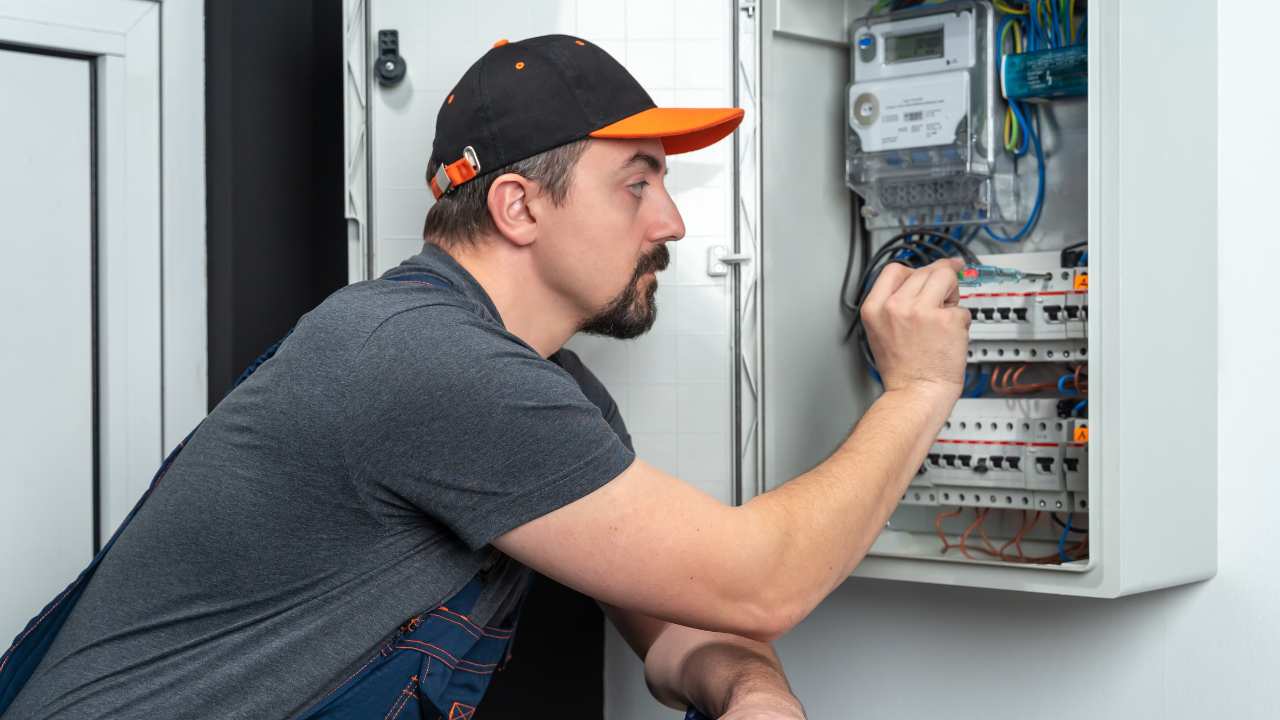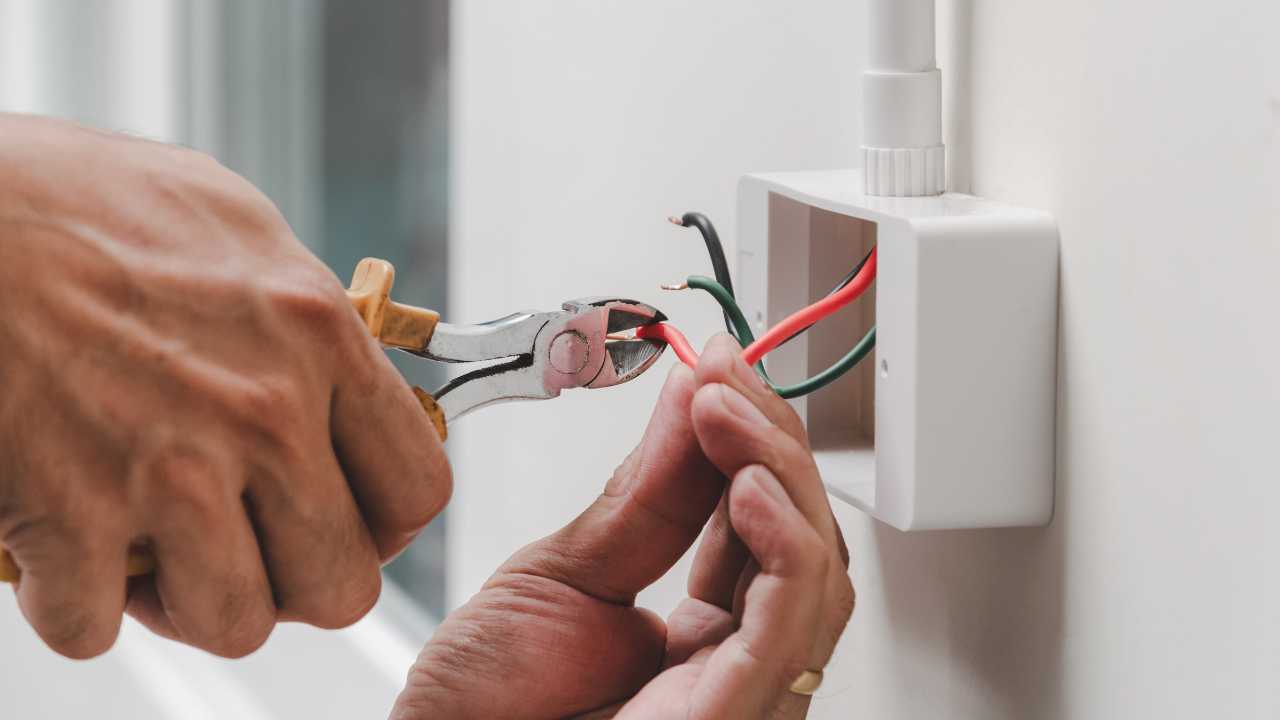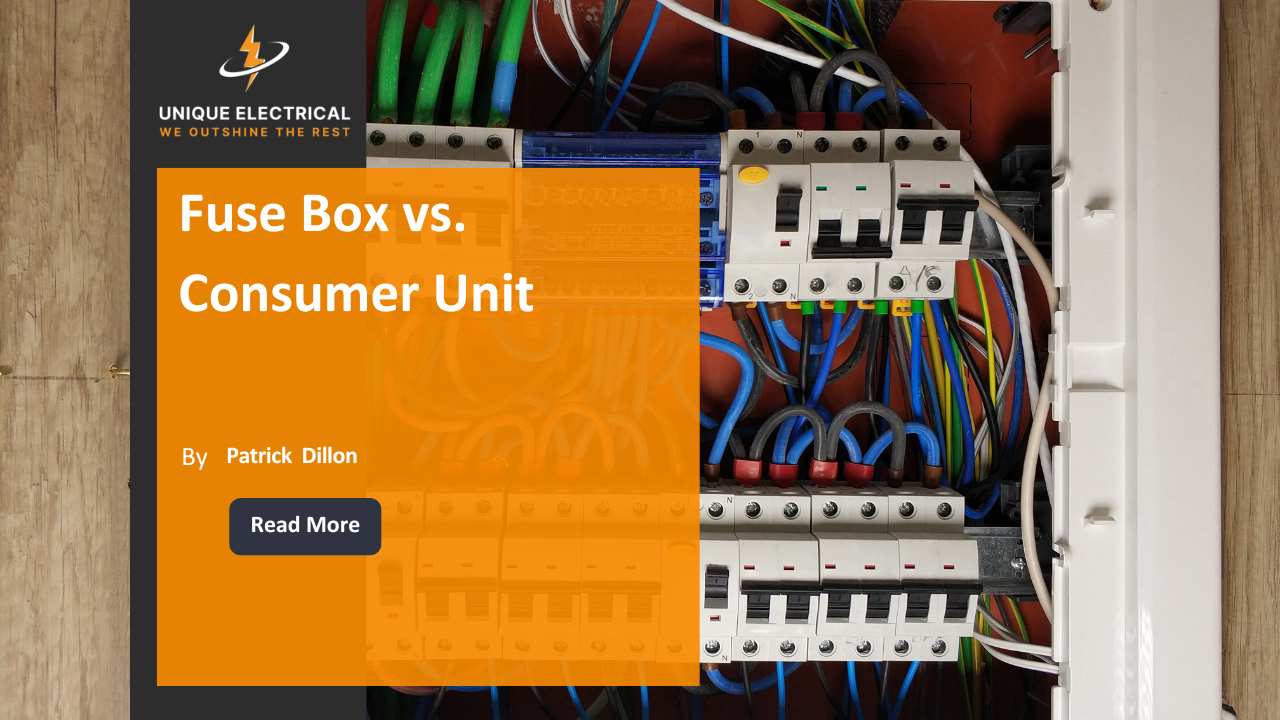Are you experiencing frequent electrical issues in your home but unsure whether they point to something serious? Many older homes in Ireland still rely on outdated wiring systems that may no longer meet modern safety standards.
From flickering lights and tripped breakers to burning smells and buzzing switches, these common warning signs can indicate that your electrical wiring needs urgent attention. Faulty wiring not only causes inconvenience but can also pose a serious fire and safety risk.
In this blog, we’ll explore these 10 signs your home needs rewiring, why these warning signals matter, and help you decide when it’s time to call in a professional electrician.
Why Rewiring Your Home is Essential?
Rewiring your home is not just about modern convenience; it is a crucial safety requirement. Over time, electrical systems can become worn, outdated, or no longer compliant with current regulations.
Many older homes in Ireland were not designed to support today’s level of energy consumption, which includes appliances, electronics, and smart technologies. As a result, these systems can become overloaded, leading to risks such as electric shocks, frequent power cuts, or even fires.
Upgrading your wiring ensures your home meets Irish safety standards, improves reliability, and allows for efficient energy use. Rewiring is a smart investment in your family’s safety and your property’s long-term value.
What Are the 10 Signs Your Home Needs Rewiring?
Many electrical problems around the home can be signs of ageing or unsafe wiring. Ignoring these warning signals can increase the risk of shocks, fire, or system failure. Here are the 10 most common signs that your home may require rewiring.
Old or Faulty Fuse Box

Older fuse boxes with rewireable fuses or no residual current device (RCD) protection often indicate that the home’s wiring has not been updated in decades. These systems lack modern safety features and may struggle to handle the electrical demands of today’s households. Upgrading your consumer unit is often the first step in ensuring the rest of the wiring is fit for purpose.
Frequent Electrical Shocks
Electric shocks from switches, sockets, or appliances suggest that something is wrong with the electrical circuit. This can result from poor grounding, exposed wires, or deteriorated insulation. Electrical shocks are not only dangerous but also indicate a high likelihood of underlying faults that require immediate attention.
Flickering or Dimming Lights
Lights that flicker, pulse, or dim without explanation may be caused by overloaded circuits or loose wiring connections. These symptoms are especially common in homes with outdated installations. Inconsistent lighting is often one of the first signs homeowners notice when their electrical system is failing.
Buzzing or Crackling Sounds
Audible noises like buzzing or crackling near outlets, switches, or inside walls are signs of loose wiring or electrical arcing. These sounds occur when current jumps between gaps or damaged conductors, creating excessive heat. If left unresolved, this issue can escalate quickly and lead to dangerous overheating or fire.
Outdated or Damaged Wiring
Homes built more than three decades ago often contain wiring types that no longer meet safety regulations, such as rubber-sheathed or aluminium wiring. Over time, these materials become brittle, frayed, or corroded. Old wiring not only fails to support modern appliances but also increases the risk of electrical failure and fire.
Discoloured or Sparking Outlets
Power outlets that show signs of blackening, browning, or visible scorch marks typically indicate overheating. Sparks when plugging or unplugging devices point to damaged wiring or poor connections behind the wall. Discolouration is often the result of prolonged overheating and should never be ignored.
Warm or Vibrating Wall Outlets

Wall sockets or light switches that feel warm or vibrate slightly during use often result from overloaded circuits or deteriorating wiring. This type of heat generation is not normal and usually suggests that the system is under stress. Warm fittings can be a precursor to fire hazards and should be addressed quickly.
Burning Smells or Scorch Marks
A burning odour with no obvious source, particularly around sockets or switches, is a strong indicator of electrical overheating. Scorch marks, melting, or heat damage are commonly found in systems with failing insulation or loose wiring. These symptoms suggest immediate danger and require emergency inspection.
Frequently Tripped Circuit Breakers
If your circuit breakers trip regularly, especially under standard load conditions, it is a sign that the system is no longer capable of managing demand. The underlying wiring may be outdated, damaged, or incorrectly configured. Regular tripping often points to deeper issues within the circuit layout or wiring integrity.
Insufficient Outlets or Reliance on Extension Cords
Relying heavily on extension cords, socket multipliers, or adaptors suggests that the original electrical layout no longer meets the needs of the home. This not only makes daily life less convenient but can also lead to overheating and power imbalances. A lack of outlets typically signals the need for a rewiring plan that supports a modern lifestyle.
Conclusion
Recognising the signs that your home needs rewiring is crucial for maintaining electrical safety, preventing hazards, and ensuring your property complies with modern standards. From outdated fuse boxes and flickering lights to burning smells and frequent circuit trips, each of these issues points to deeper problems within your electrical system. Addressing them early can protect your family, reduce fire risks, and improve energy efficiency.
If you've noticed any of these warning signs in your home, don’t wait until a minor issue becomes a major problem. Contact Unique Electrical today for a professional inspection and expert rewiring services customised to your property’s needs.





























.jpg)

.jpg)





























